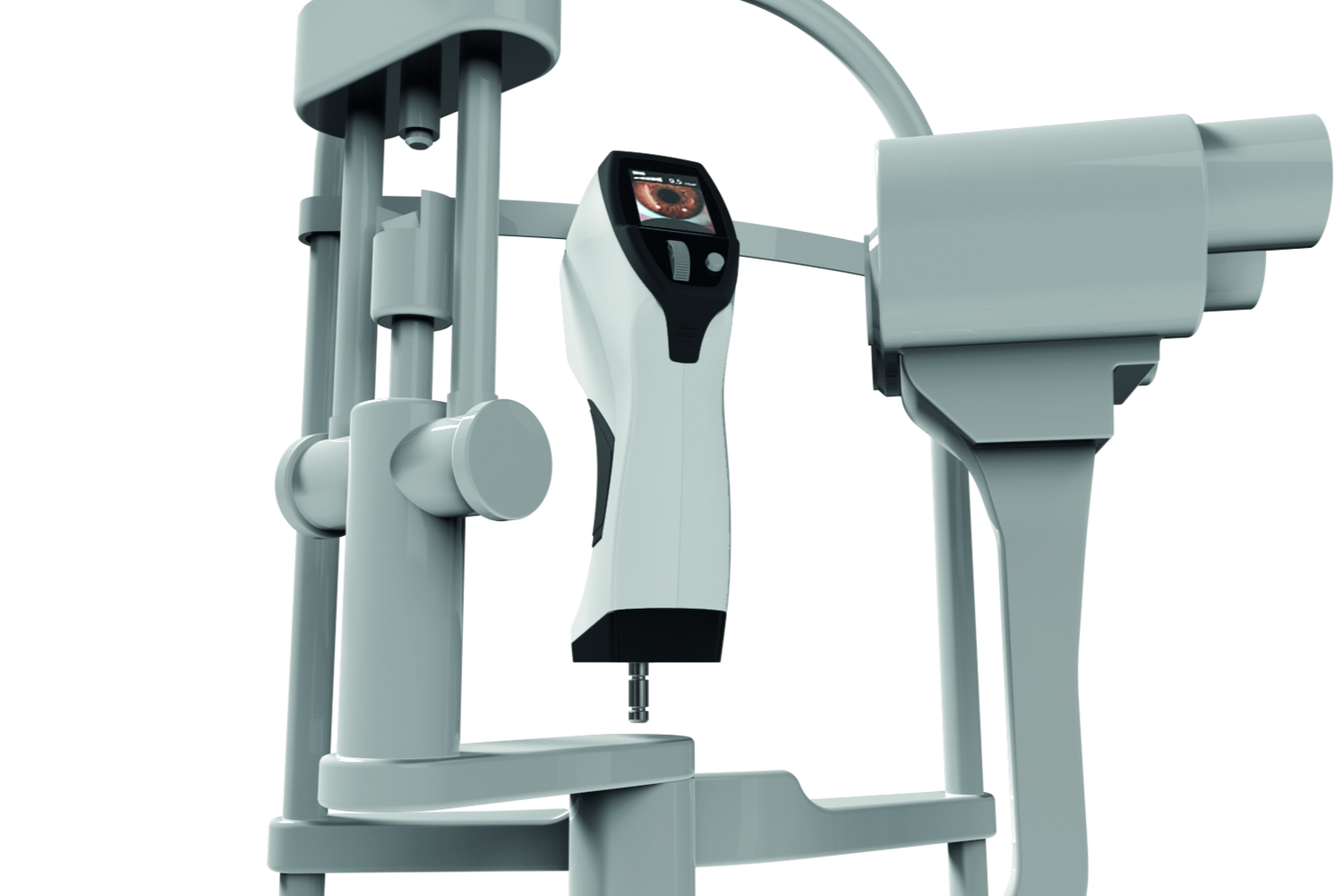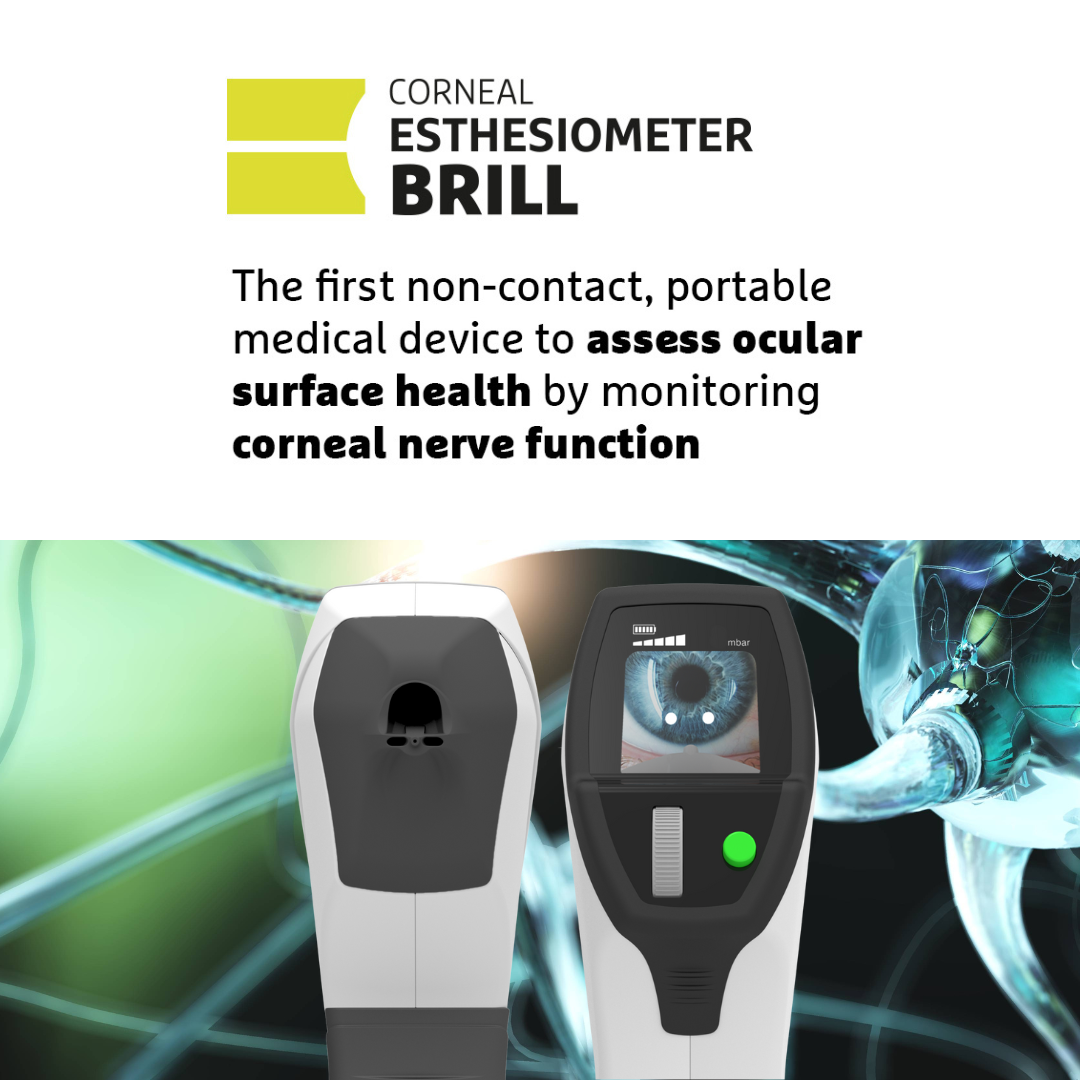Looking Into Your Eyes
Focused on developing disruptive ophthalmic solutions to significantly impact patients' lives
Corneal Innervation and Sensitivity
Ocular surface health depends on corneal nerve function, which controls three key protective mechanisms:
1. Blink reflex
2. Tear production
3. Wound healing
Quantitative measurement of corneal sensitivity with non-contact esthesiometry provides key information on corneal nerve function, enabling timely detection of potential ocular surface damage that requires prompt treatment.
Non-contact esthesiometry is the test for screening, early diagnosis, and monitoring of patients at risk for ocular surface disease or neurotrophic damage associated with various conditions, including dry eye disease, long-term use of topical medications (e.g., glaucoma drops), candidates for cataract, refractive, or anterior segment surgery, diabetes, herpes simplex/zoster, and contact lens use.






